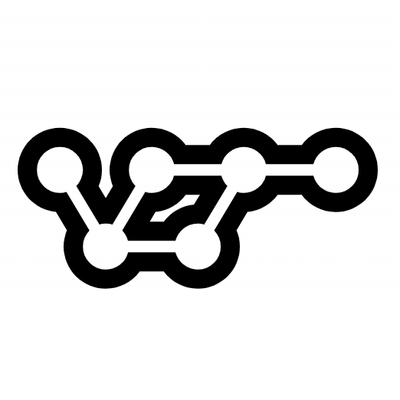
Security News
vlt Launches "reproduce": A New Tool Challenging the Limits of Package Provenance
vlt's new "reproduce" tool verifies npm packages against their source code, outperforming traditional provenance adoption in the JavaScript ecosystem.
@jupiterone/graph-cisco-amp
Advanced tools
A graph conversion tool for https://www.cisco.com/c/en/us/products/security/amp-for-endpoints/
You must have Node.JS installed to run this project. If you don't already have it installed, you can can download the installer here. You can alternatively install Node.JS using a version manager like fnm or nvm.
From the root of this project, run npm install to install dependencies. If you
have yarn installed, you can install dependencies by running yarn.
Create a .env file at the root of this project and add environment variables
to match what is in src/instanceConfigFields.json. The .env file is ignored
by git, so you won't have to worry about accidentally pushing credentials.
Given this example configuration:
{
"apiEndpoint": {
"type": "string"
},
"apiClientId": {
"type": "string"
},
"apiKey": {
"type": "string",
"mask": true
}
}
You would provide a .env file like this:
API_ENDPOINT=<endpoint_hostname>
API_CLIENT_ID=<client-id>
API_KEY=<secret>
Valid API Endpoints for Cisco AMP include:
The snake cased environment variables will automatically be converted and
applied to the camel cased configuration field. So for example, CLIENT_ID will
apply to the clientId config field, CLIENT_SECRET will apply to
clientSecret, and MY_SUPER_SECRET_CONFIGURATION_VALUE will apply to a
mySuperSecretConfigurationValue configuration field.
To start collecting data, run yarn start from the root of the project. This
will load in your configuration and execute the steps stored in src/steps.
This is the expected project structure for running integrations.
src/
/instanceConfigFields.json
/validateInvocation.ts
/getStepStartStates.ts
steps/
exampleStep.ts
// add additional steps here
Each of the files listed above contribute to creating an integration configuration.
Additional files can be placed under src and referenced from each of the
integration files.
The template project hosted here provides a simple example of how an integration can be setup.
Please reference the @jupiterone/integration-sdk
development documentation
for more information on how to build integrations.
FAQs
A graph conversion tool for https://www.cisco.com/c/en/us/products/security/amp-for-endpoints/
The npm package @jupiterone/graph-cisco-amp receives a total of 3 weekly downloads. As such, @jupiterone/graph-cisco-amp popularity was classified as not popular.
We found that @jupiterone/graph-cisco-amp demonstrated a not healthy version release cadence and project activity because the last version was released a year ago. It has 1 open source maintainer collaborating on the project.
Did you know?

Socket for GitHub automatically highlights issues in each pull request and monitors the health of all your open source dependencies. Discover the contents of your packages and block harmful activity before you install or update your dependencies.

Security News
vlt's new "reproduce" tool verifies npm packages against their source code, outperforming traditional provenance adoption in the JavaScript ecosystem.

Research
Security News
Socket researchers uncovered a malicious PyPI package exploiting Deezer’s API to enable coordinated music piracy through API abuse and C2 server control.

Research
The Socket Research Team discovered a malicious npm package, '@ton-wallet/create', stealing cryptocurrency wallet keys from developers and users in the TON ecosystem.